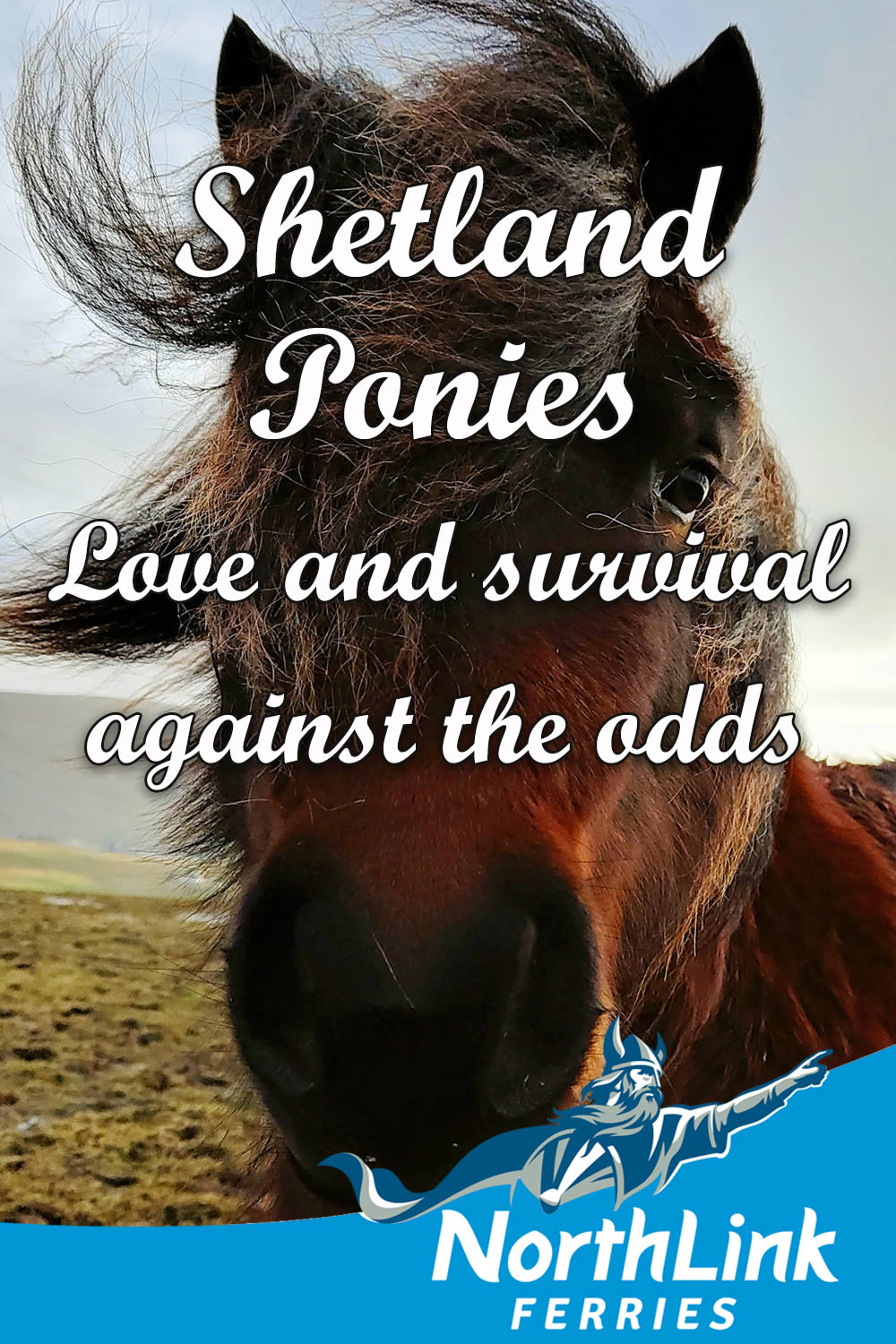Shetland Ponies: Love and survival against the odds
‘I love Dusty!!’ Finn shouted as he passed, bouncing up and down happily on the back of a small, grey Shetland pony. Duster, the pony, took it all in his stride, trotting patiently despite his enthusiastic, and not very balanced, passenger.
While salt-laden gales scoured the winter landscape, ponies waterproof double coat and thick mane and tail protected them, while their small size helped them find shelter.
With their diminutive size, thick fluffy coat and cheeky personalities, Shetland ponies are one of the archipelago’s most iconic residents.
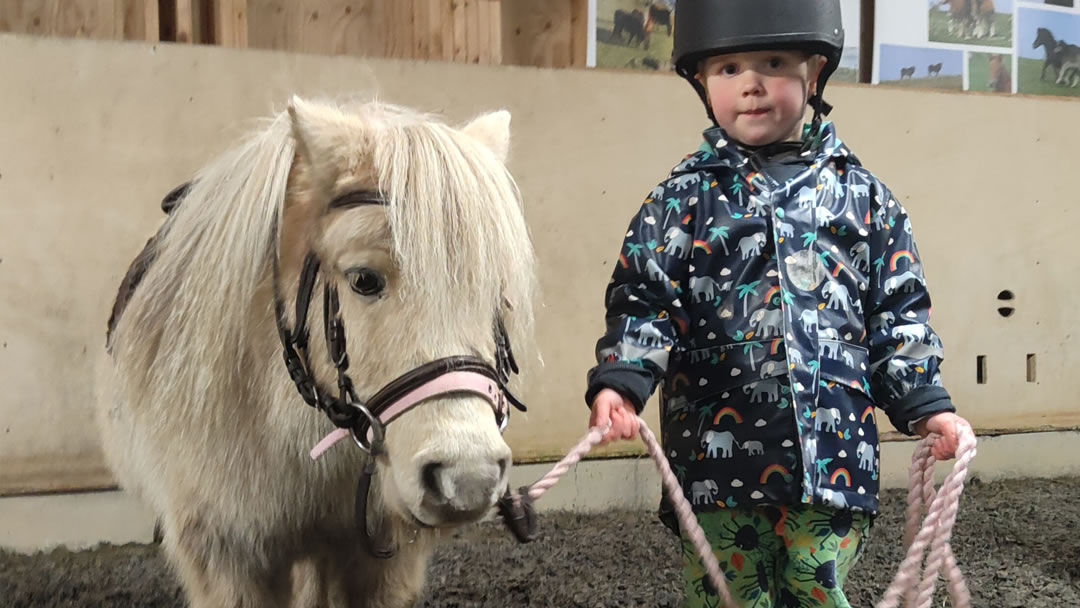
It was ponies that first brought me to Shetland. I moved up for a year, to spent time with crofters and pony breeders for my PhD research. Nine years later I am still here, delighted to see my son learning to ride these beautiful horses.
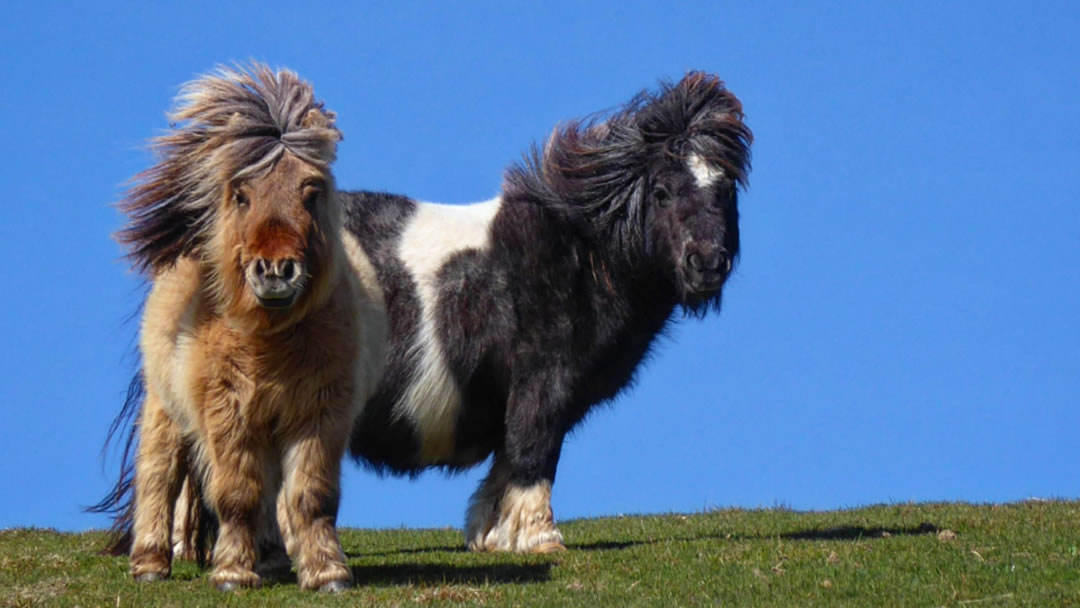
Because they are small, people sometimes underestimate the breed. When I post pictures on social media of ponies , with bums to the wind, their coats snow covered, people will often ask if they are ok, or comment that they are ‘poor things’. I reply that they are perfectly adapted to this place and it’s weather, that this breed is shaped by storms.
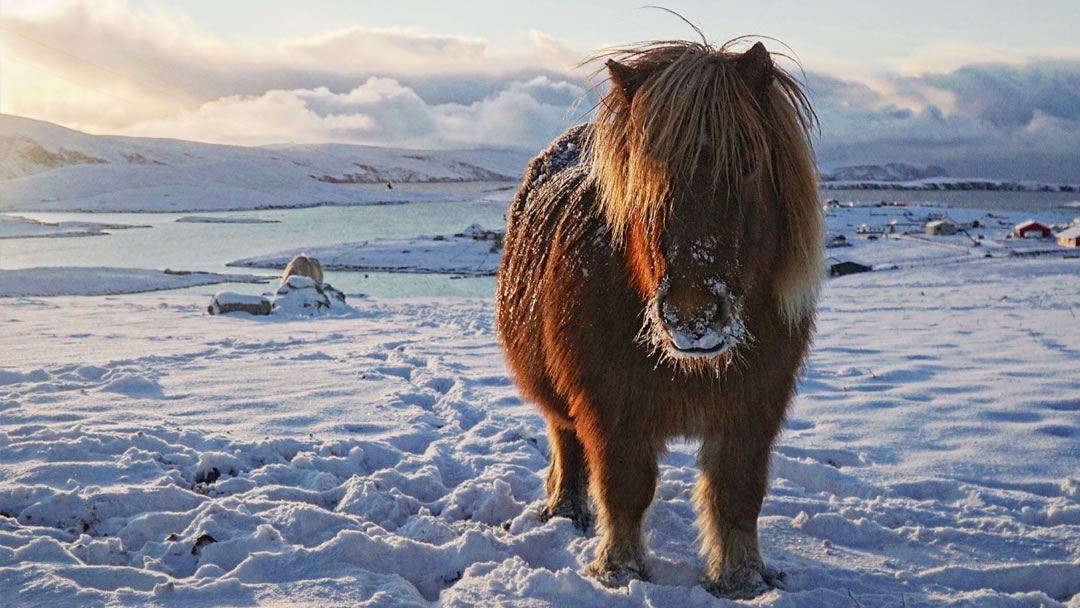
As I spent time with Shetland ponies I have found them to be the most reliable weather forecasters. When apps predict gales and it feels like the wind is gaining momentum, if ponies are grazing contentedly, I assume it will pass quickly. However, when horses move purposefully for shelter, I know we are in for wild weather. Several people told me about times their ponies behaviour had confused them. That a herd left a sheltered area to stand in an exposed part of hill, only to find the next day the wind direction had changed and the horses were in the perfect position. They knew what weather was coming.
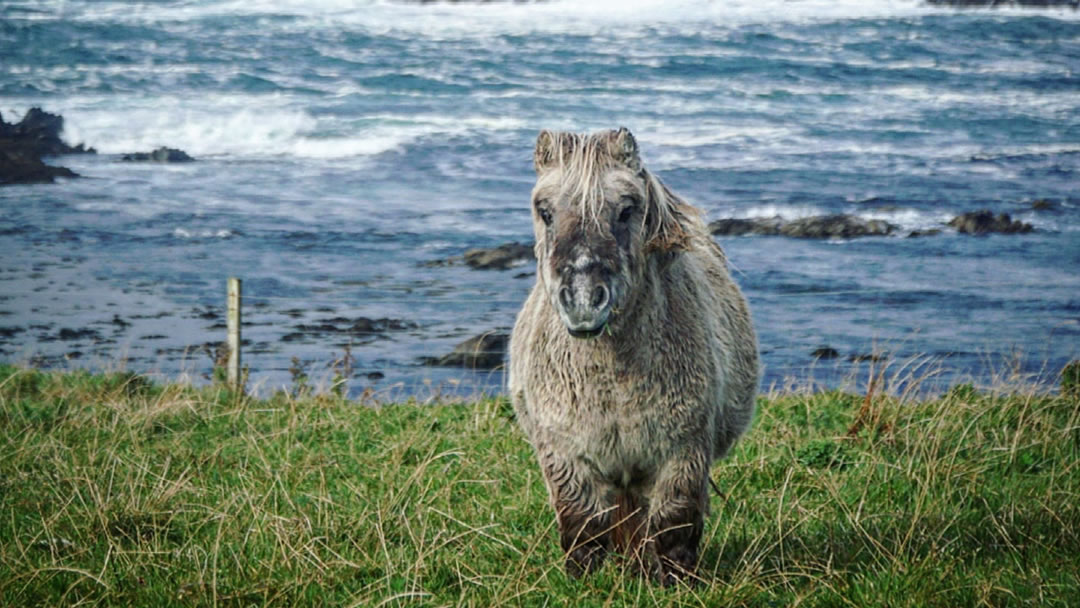
I often describe the story of Shetland ponies as one of love and survival against the odds. Ponies have been in Shetland since the Bronze Age, and for much of their history they lived out in the hill, often without much human intervention Historically, island crofters needed to produce almost everything they needed to survive. At sixty degrees north, with nowhere more than three miles from the sea, farming in this land was challenging. Each croft had a small area of flat fertile land and use of ‘scattald’, communal hill grazing.
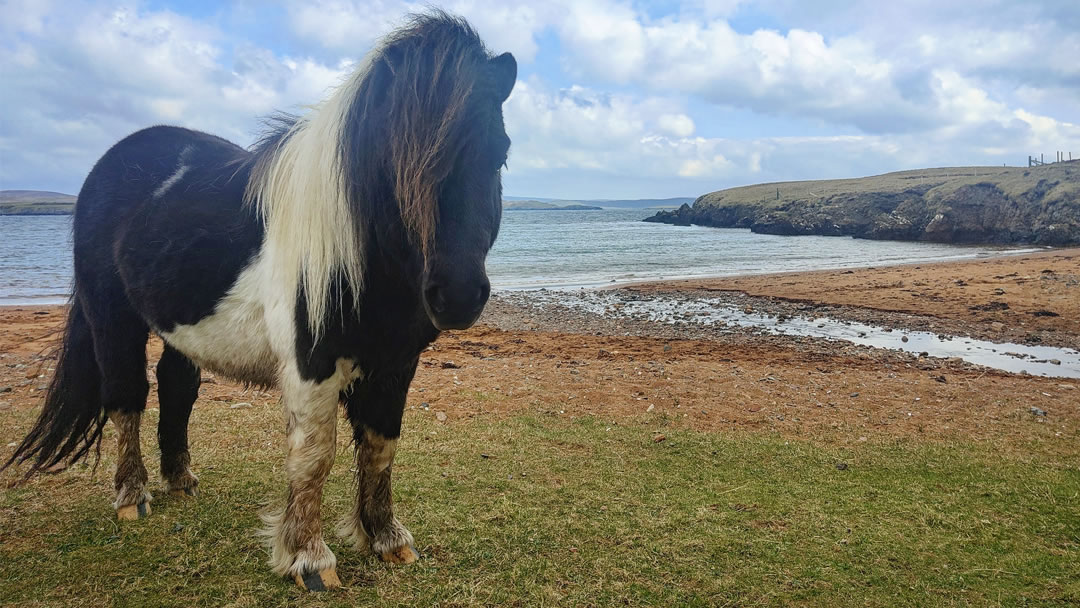
Heather coated and wind swept, there is a wild beauty to Shetland hills, but they are unsuitable for most cultivation. Yet, they are the perfect home for Shetland ponies. Herds of horses roamed the hill, searching for the best morsels of grass and supplementing this poor grazing with nutrient rich seaweed. While salt-laden gales scoured the winter landscape, the ponies’ waterproof double coat and thick mane and tail protected them, while their small size helped them find shelter.
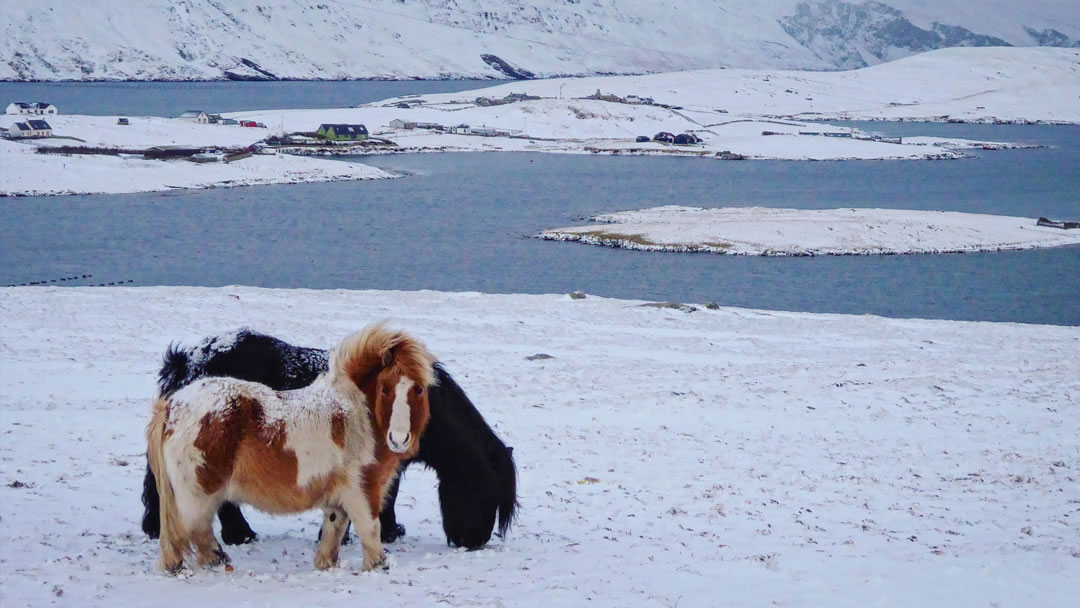
Their hardiness and adaptability made them an essential part of crofting households. Had animals been expensive to keep, requiring extra food and purpose-built shelter, they would have been unaffordable to most islanders. While they cost little, they were a valuable source of income as foals could be sold in autumn. The ones kept on the islands were valued as a work horses, transporting people and goods across the countryside.
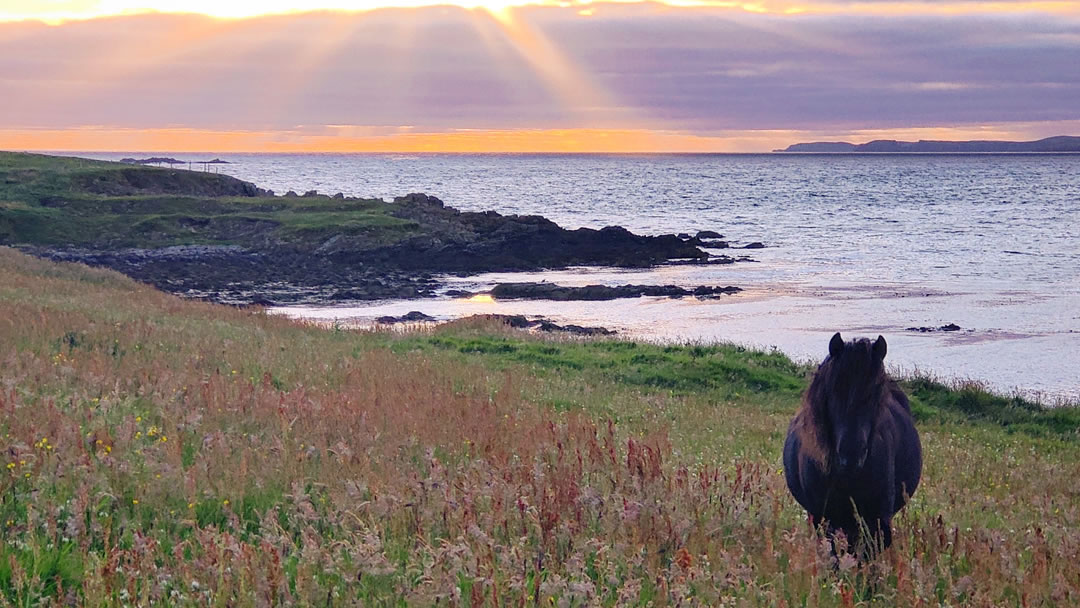
Before there was an integrated road network, much overland transport relied on ponies, whose surefootedness and weather sense made them safe and reliable even in the most challenging conditions. Perhaps their most iconic role was bringing home the peat. In an place with so few trees, peat banks in the hill were one of the only sources of fuel. Ponies were used to navigate this difficult terrain, carrying heavy loads of peat in straw baskets called kishies.
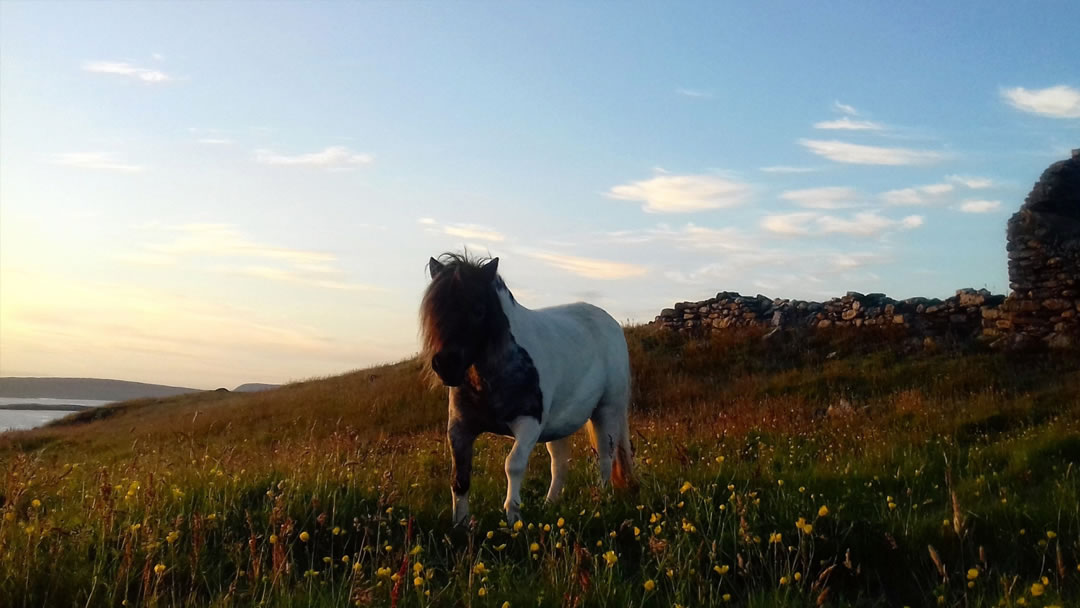
While much has changed in the islands since the days Shetland ponies brought home the peat, this history is essential to how island breeders understand their animals. They want to ensure the ponies in Shetland remain adaptable and strong. This is more than maintaining a connection with the past, it is actively contributing to positive futures for this ancient breed.
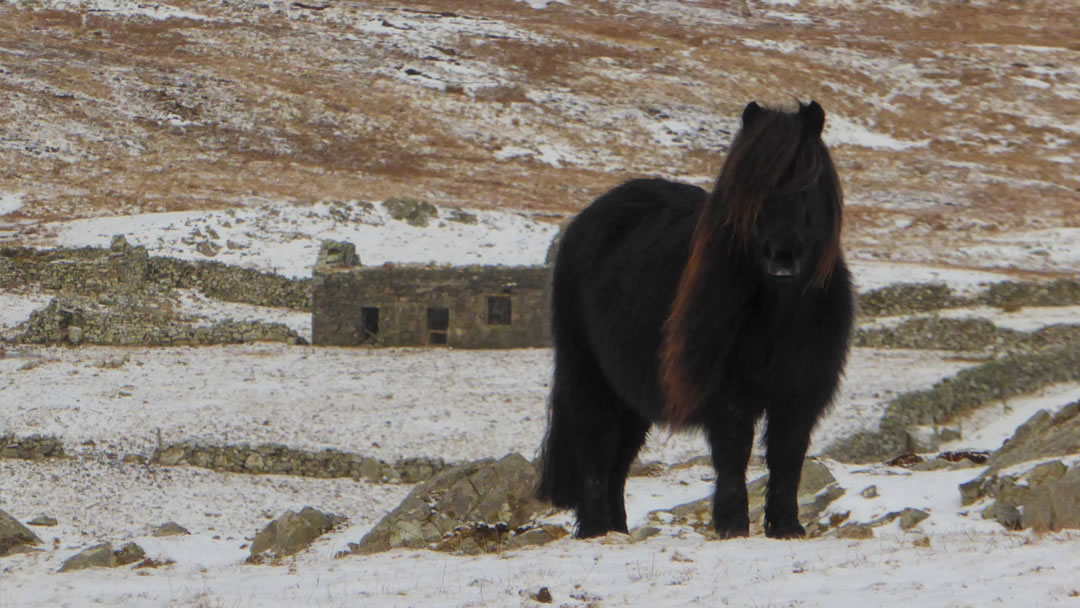
The characteristics that allowed ponies to live well on Shetland’s wild hill are all sought after traits today. Hardiness and adaptability means they can be happy in different environments, living in places other breeds would find difficult and quickly adjusting to new circumstances. The flowing movement that helped ponies cross miles of rugged hill in search of food, makes them eye-catching in shows and safe, comfortable riding ponies.
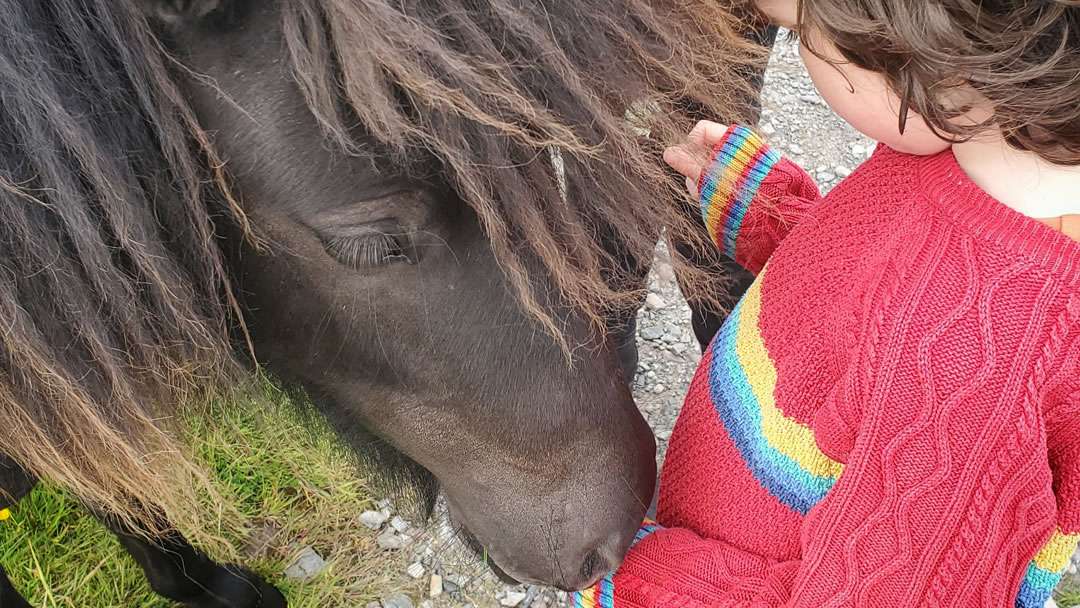
When I spoke to pony breeders across Shetland they emphasised the special relationship between children and ponies. How for centuries children have ridden and worked with Shetland ponies, and how this has shaped the breeds personality. Over and over I was told that ponies and children understand each other perfectly. Today, one of the breed’s most important jobs is as a child’s riding pony. Their height makes them perfect for this, but small size isn’t enough.
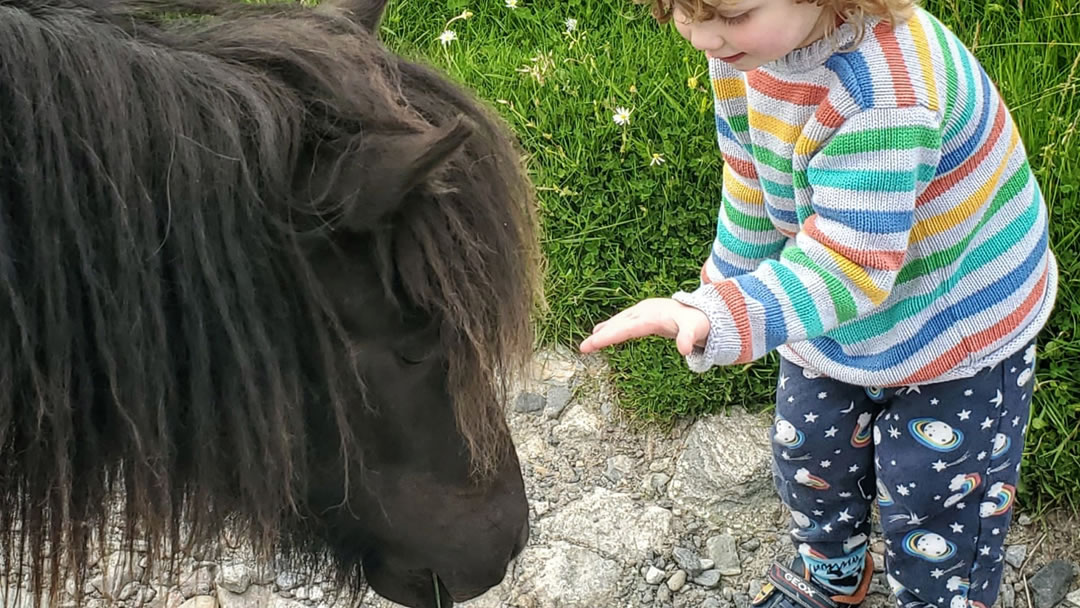
Watching Duster and Finn, I saw the ponies patience, his intuitive understanding that he needed to look after his tiny passenger. As ponies and riders circled the hall, teaching each other, I thought about all the past connections that led to this moment. The role of these incredible ponies in the story of Shetland lives and landscapes, how outside herds still graze in the hill, in places ponies have lived for centuries, and how here, at the riding school, a new generation is learning to love them.
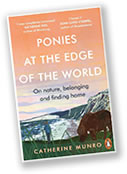
To read more about Shetland ponies, read Catherine’s fabulous book ‘Ponies at the Edge of the World’, available at The Shetland Times bookshop and other good booksellers.
 By Catherine Munro
By Catherine MunroCatherine Munro is an author and anthropologist living in Shetland. Her work focuses on nature and human-animal relationships in the islands. She loves exploring Shetland with her children and sharing these experiences through her writing.
Pin it!